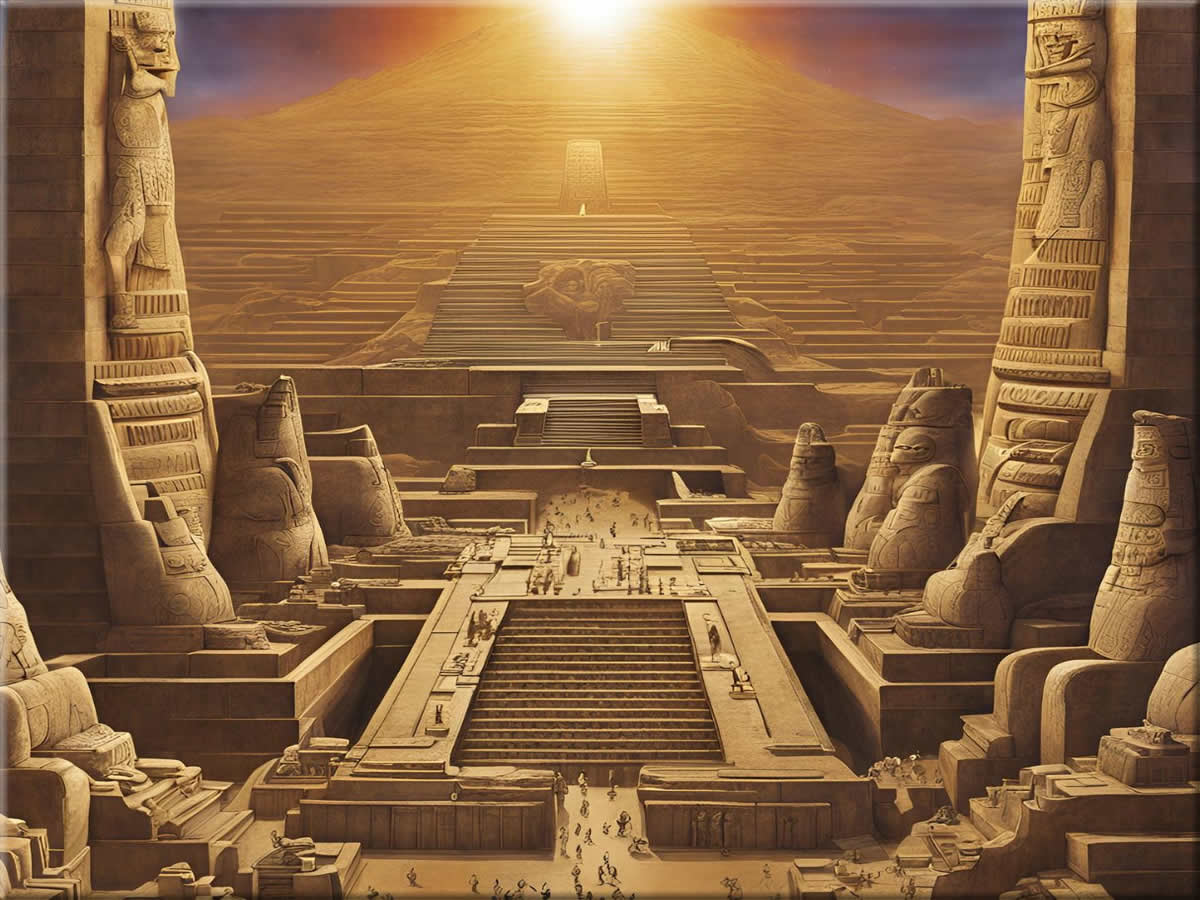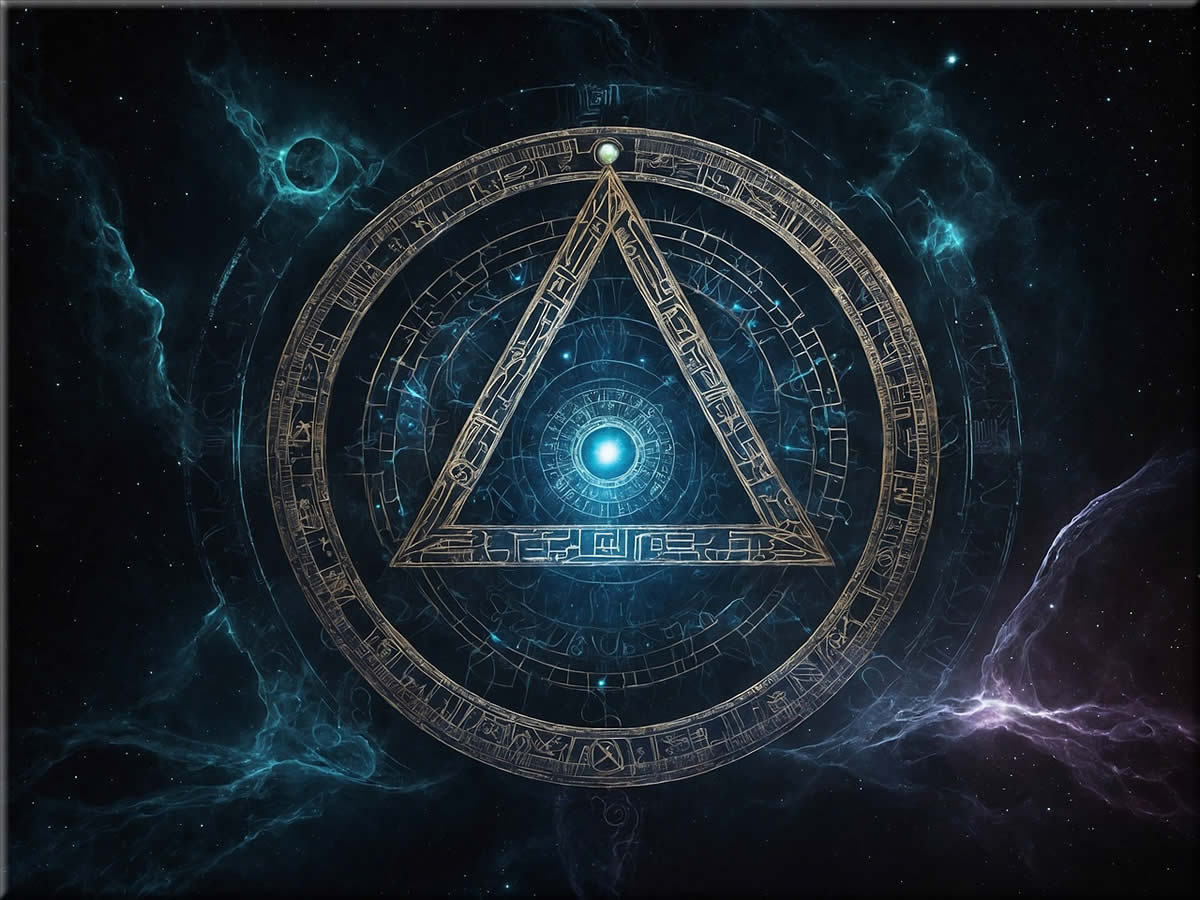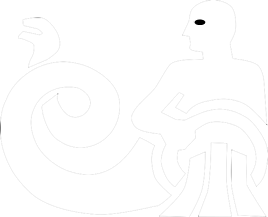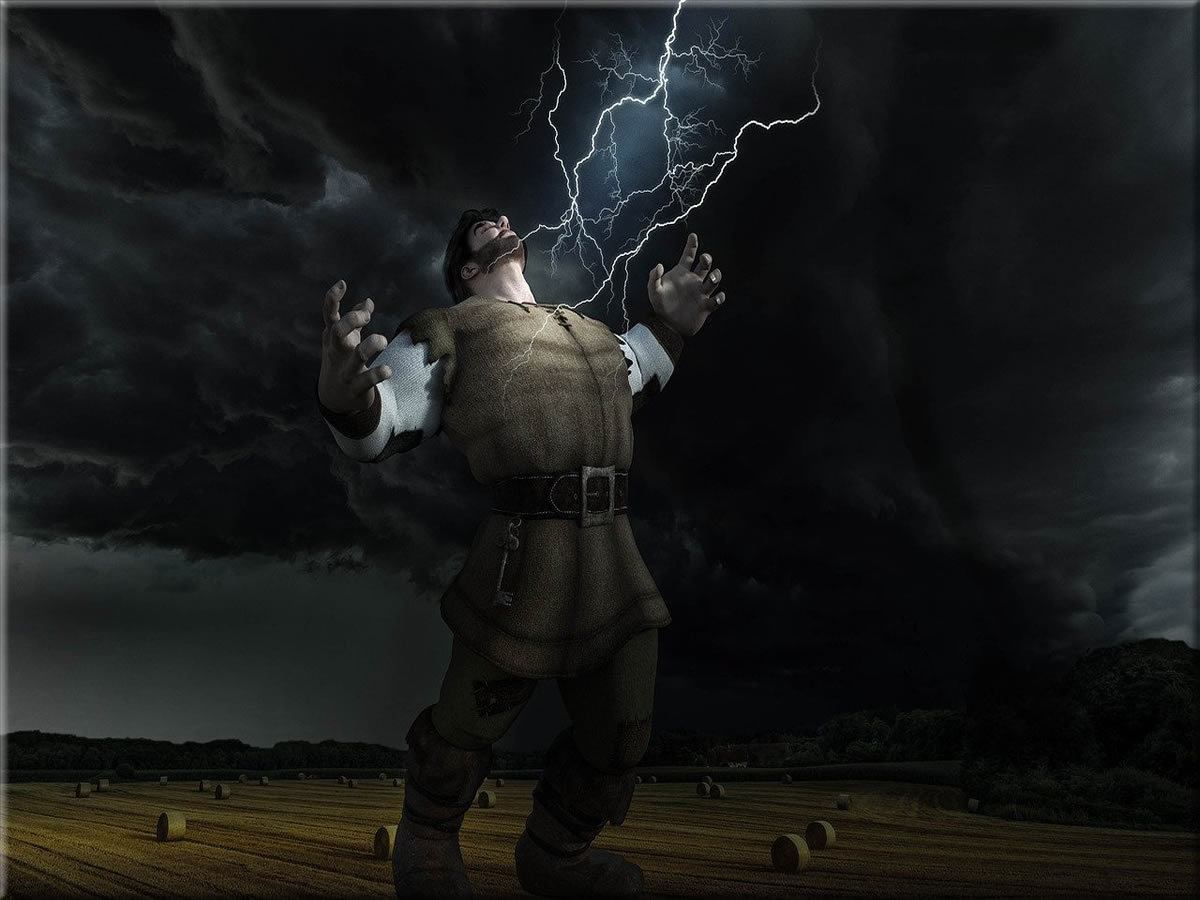
Uncovering The Mysteries Of Ancient Human Giants
Ancient civilizations have passed down fascinating tales of various creatures, often recorded in myths and legends. These tales have fueled our imagination and posed the intriguing question: Did giants once walk among us? Examining the historical and cultural context of these stories offers a glimpse into the longstanding fascination with ancient human giants.
The allure surrounding giants isn’t a new phenomenon. For centuries, the idea of larger-than-life humans has captivated people. From the towering Nephilim in the Bible to the imposing Greek Titans, giants have emerged as symbolic figures representing power, mystery, and sometimes even terror. They remind us of human vulnerability and the awe-inspiring forces that surround us in our world.
When you dive into the depths of these legends, you find that giants are not merely fictional characters or storytelling elements. Cultural significance runs deep, blending the lines between mythology and observed reality. Giants often symbolize the triumph of good over evil, using narratives to instill courage and moral lessons in future generations.
Check out more videos on our YouTube channel
Moreover, the scientific community often holds a cautious view of giants, weighing myths against empirical evidence. While myths provide compelling narratives, science requires tangible evidence to support such grand claims. However, this doesn’t detract from the value of these stories’ cultural insights.
Carefully preserved ancient texts invite comparisons between scientific interpretations and mythological accounts. Looking at them side by side, it is clear why societies sought to create these impressive symbols. In this context, Giants become more than just stories from the ancient past; they are cultural artifacts that continue to challenge and engage the human mind.
Historical References and Artefacts: From Myths to Reality
When exploring the rich tapestry of human history, it’s hard not to stumble upon stories of giants. Ancient texts, legends, and folklore weave these tales through nearly every corner of the world. They bridge myth and reality, inviting us to question what might have been.
Throughout history, various cultures have documented encounters with giant beings. The ancient Greeks spoke of the Titans, immense beings who predated the gods of Olympus. The Norse had their frost giants, Jotun, who played crucial roles in their mythic narratives. Even native cultures, such as those of North America, recount encounters with giants in their oral histories, painting a picture of massive figures shaping landscapes and towering over ordinary humans.
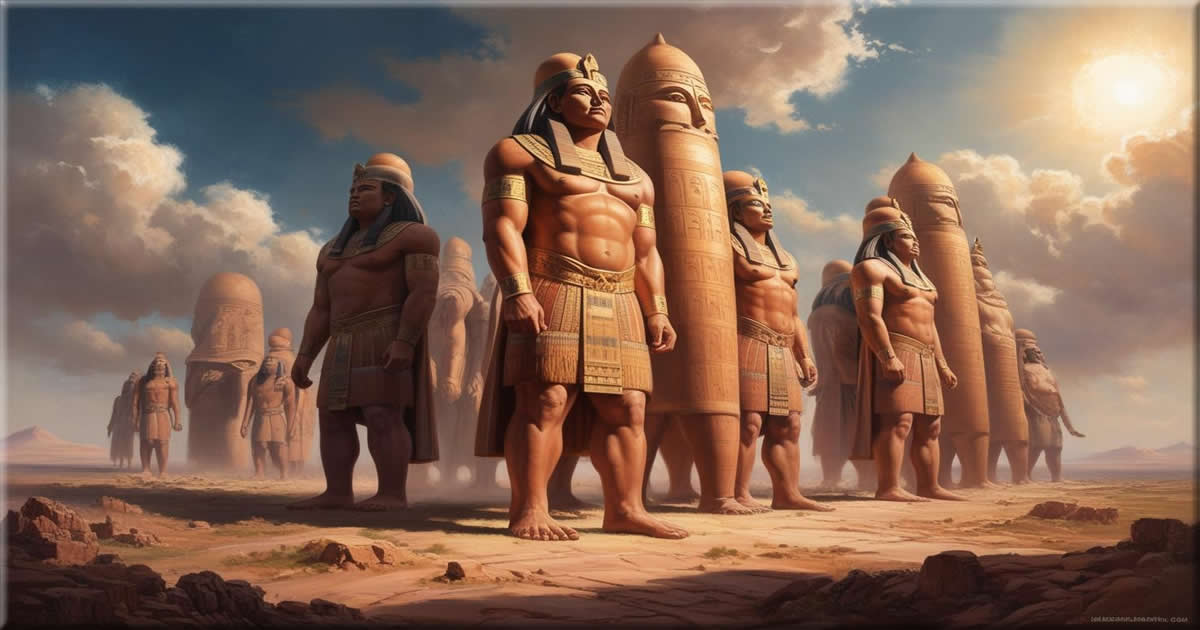
Proof of giants within historical narratives doesn’t only reside in legends. Ancient art and carvings often depict figures towering over others, suggesting the presence of beings that are larger than usual. Some interpret these depictions as artistic exaggerations, while others suggest they document the reality of eyewitness accounts passed down through generations.
The Sumerian texts provide one of the most compelling accounts of giants, intricately linking them to their mythology and recorded history. The concept of Sumerian giants is rooted in their lore of divine beings interacting with humans, but actual archaeological evidence remains elusive.
Furthermore, with its vast and mysterious landscape, Patagonia has its tales of the Patagonian giants. Early regional explorers’ reports describe encounters with exceedingly tall, indigenous people. While interesting, these stories rely heavily on explorer narratives, with little physical evidence documented to verify them.
Comparing various legends from around the world highlights fascinating similarities. Be it the Irish Book of Invasions or South America’s Andean mythos, there’s a striking consistency in their portrayal of giants.
Tangible Evidence: Discoveries of Giant Skeletal Remains
History has delivered tales, but what about hard evidence? Across the globe, stories and claims have surfaced about the discovery of giant skeletal remains. These findings spur debates, thrusting the notion of giants from myth into possible historical reality.
Numerous archaeological discoveries, from North America’s ancient mounds to the depths of the Caucasus Mountains, have purportedly revealed giant bones. These claims often capture the public imagination, with local legends intertwining with these finds. However, the authenticity and interpretation of such remains remain a hotbed for controversy.
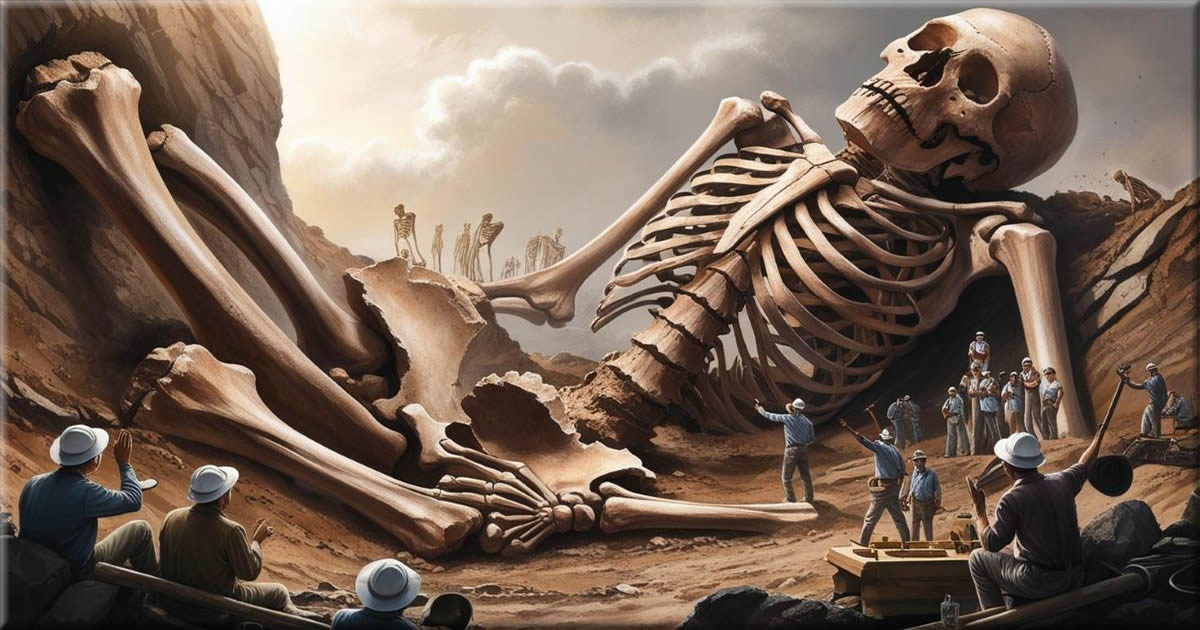
It is crucial to sift through these claims and be wary of hoaxes and misinterpretations. Archaeology demands rigorous scientific validation, and researchers have debunked many ‘discoveries’ of giant remains, attributing them to prehistoric creatures rather than to human giants.
However, there is a suspicion that giant skeletons have been hidden from the public. Perhaps governments, scientific institutions, or other authoritative bodies have suppressed evidence of giant humans to maintain control over historical narratives or to prevent the public from learning about alternative histories.
Several reasons are speculated for this concealment:
- Cultural Narratives: The discovery of giant skeletons could challenge established understandings of human history and evolution, leading to resistance from those who advocate for traditional narratives.
- Religious Beliefs: Findings that contradict specific religious texts or beliefs could cause significant upheaval in societal views, prompting some to argue for the suppression of such findings.
- Scientific Credibility: If giant skeletons were found to be real, it might require a significant reevaluation of existing scientific theories regarding human origins, leading to hesitation in the academic community to fully endorse such claims without extensive verification.
- Pop Culture and Mythology: Giant figures appear in various mythologies, and their discovery might blur the lines between myth and reality, influencing the public’s perception of history and culture.
Exploring Extraterrestrial Involvement: Gigantic Constructions and Cosmic Theories
The concept of human giants takes on a cosmic twist with the speculation that these beings might not have been of earthly origin. Some theorists suggest that giants could have connections to extraterrestrial beings, drawing on accounts from ancient civilizations that record interactions with ‘celestial’ visitors.
Moreover, megalithic structures worldwide often fuel the theory that giants, possibly with the aid of extraterrestrial beings, constructed these monumental sites. Take Stonehenge or the pyramids—massive, awe-inspiring, and enigmatic. Some believe these could only have been erected by those with immense strength or advanced technological aid beyond what was known to the native builders.
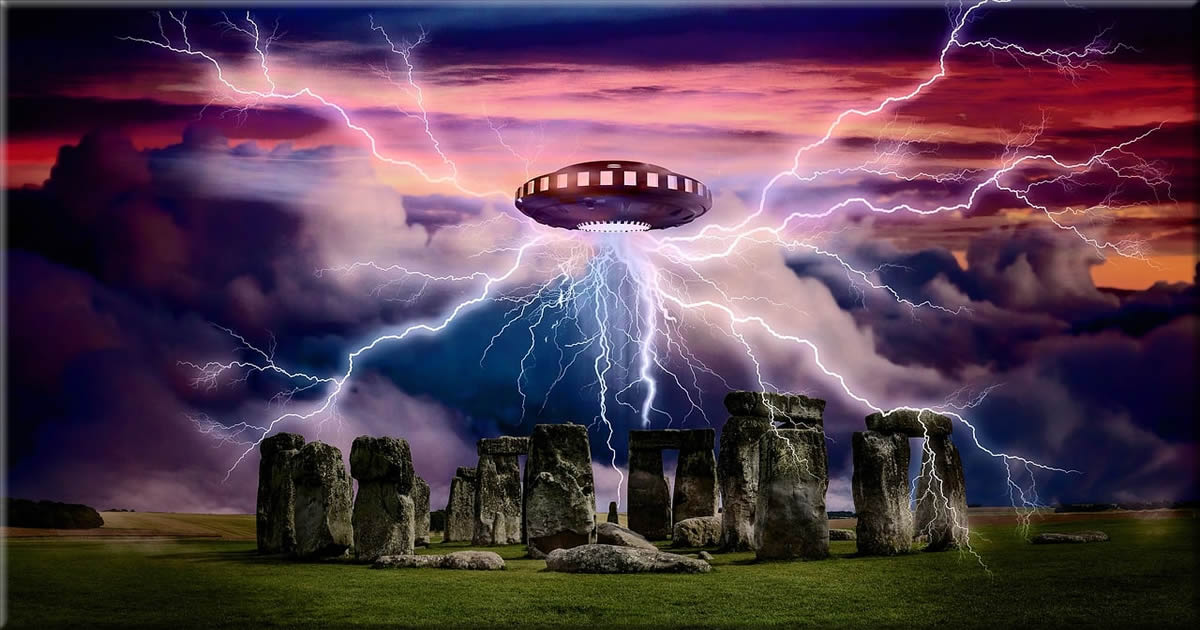
Such theories are bolstered by ancient texts mentioning beings descending from the sky. The idea that giants were either extraterrestrials themselves or were created by them offers a fascinating perspective on these stories. It suggests a fusion of human imagination with cosmic aspirations, possibly reflecting an ancient understanding of our place in the universe.
The ancient astronaut theory posits that humanity’s early encounters with beings of immense stature influenced cultures to create legends about giants. This theory posits that what we perceive today as myths could be ancient narratives of contact with real cosmic visitors, passed down through oral and written traditions.
Analyzing old texts alongside modern findings can potentially bridge gaps in understanding. By examining these interpretations critically yet open-mindedly, we can satisfy our curiosity about ancient beliefs and their possible roots in actual historical events. While mainstream science often contests these ideas due to a lack of concrete evidence, they remain an engaging exploration of how early humans attempted to explain the inexplicable.
Implications for Modern Science and Culture
Today’s exploration of giants is more than historical curiosity—it’s also a lens through which we can examine modern science and cultural storytelling. As researchers use advanced techniques to debunk myths or unveil truths, the conversation continues to evolve.
Modern archaeological and genetic tools can potentially unravel mysteries of the past. Techniques like carbon dating and DNA analysis provide clarity that was previously inaccessible. While definitive proof of ancient giants remains elusive, each discovery adds to our understanding of human evolution and the complexities of early societies.
Additionally, in contemporary culture, giants capture the public’s imagination through movies, books, and video games. They serve as metaphors for humanity’s encounters with the ‘unknown’ and our struggles against overwhelming odds. This recurring motif in storytelling shows how deeply entrenched these symbols are in the human psyche. They serve as entertainment and narrative devices that explore fundamental themes of power, fear, and survival.
Engaging with the narrative of giants presents an opportunity to learn from history, analyze cultural exchanges, and appreciate diverse perspectives. By appreciating mythology alongside scientific inquiry, we can cultivate a deeper understanding of how our ancestors perceived their world and how those perceptions continue to influence our perspective today.
Related Topics
